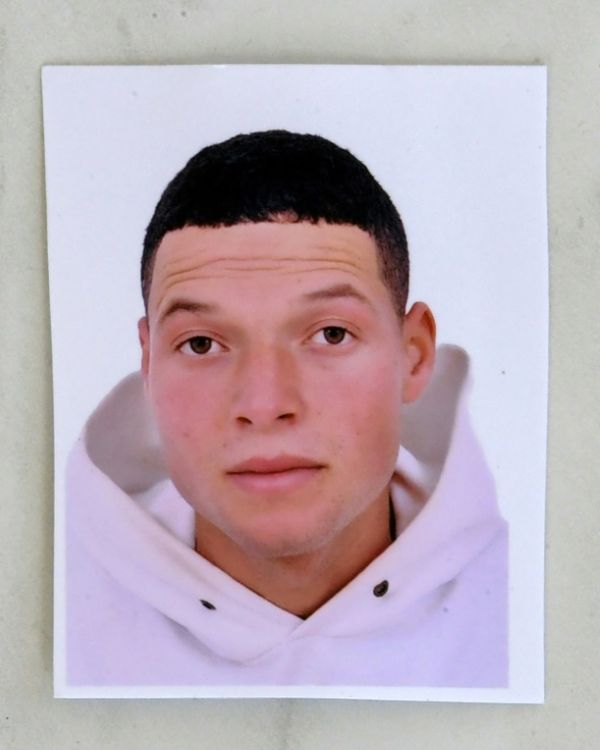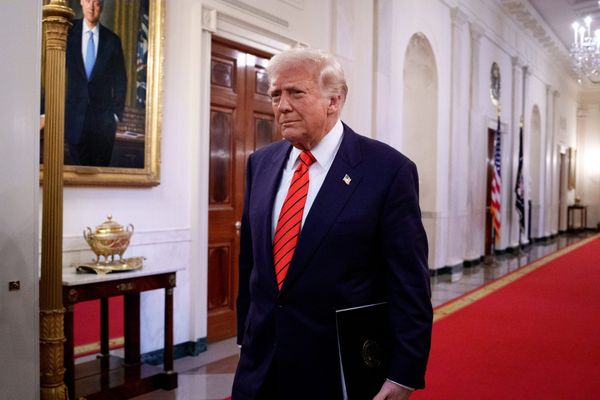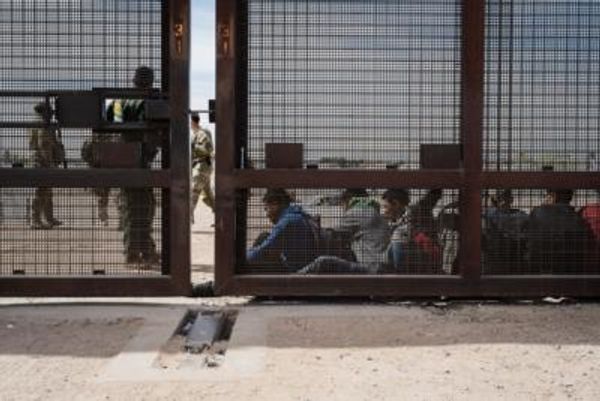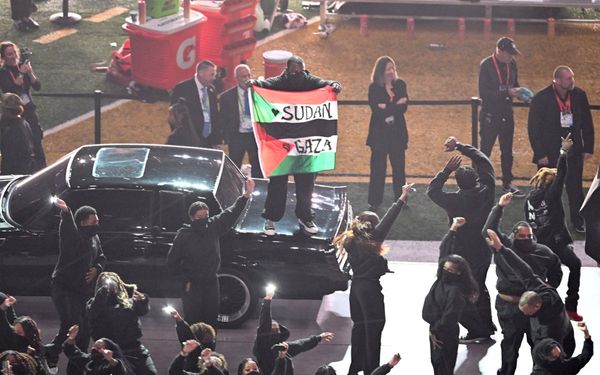Motorists have been urged to become familiar with the various types of speed cameras used in Britain after official figures revealed more than half of cars break the limit on 30mph roads.
Road safety technology providers at Road Angel are warning motorists to stay aware of their speed whilst out on the roads, or risk hefty fines and driving bans.
The move comes after the latest Department for Transport data revealed 51% of cars and 59% of motorcycles exceed the limit on 30 mph roads.
Drivers caught speeding face a fine of up to £1000 along with three penalty points on their licence.
Now safety campaigners at Road Angel have named seven of the most common types of speed cameras seen out on Britain's roads to encourage motorists to brush up on their knowledge and keep their speed down.
Gary Digva, founder of Road Angel said: “This data showing that over half of car drivers exceed the limit on 30mph roads sends out an important reminder to drivers to stay aware of their speeds.
“Not only do drivers risk a fine of up to £1000 and three points on their licence, they also run the risk of losing control of their vehicle, putting themselves and others in danger.
“Every motorist on the road - no matter how old or experienced they are - should always be aware of their speed.
“Just because there is a speed limit in place, doesn’t mean drivers should aim for that number - every situation on the roads will be different and drivers should adjust their speed accordingly.
“In light of the most recent data showing how many drivers are speeding - we want to encourage motorists to brush-up on their knowledge to stay as safe as possible on the roads.”
Seven of the most common speed cameras on UK roads
Handheld Speed Guns
These are used by police or volunteers at the side of the residential roads. The radar devices capture the speed of any passing car. They are highly visible patrols and anyone caught speeding can be issued a ticket.
Gatso Speed Cameras
These are the 'classic' standard speed cameras which have been on roads since the 1990s. They are rear facing and capture the car and number plate when driven past fast enough to trigger it.
Infrared Night Time Speeding Sensors can also capture number plates in the dark in some locations. They are used in conjunction with speed cameras to capture cars speeding after nightfall.
Truvelo Forward Facing Speed Cameras
These are similar to Gatso speed cameras but instead face forwards. They trigger only when drivers speed past them faster than the speed limit for that road, rather than filming everything that goes by.
Average Speed Cameras
On motorways, these tend to be used during roadworks rather than all the time and are separate to normal motorway cameras. On non-motorways, Average Speed Cameras can be in place permanently.
They record how long all vehicles that pass take to travel between two points and calculate an average speed to see if the car broke the speed limit.
Overhead Smart Motorway Cameras
These speed cameras can be overhead or on the floor. They only trigger when cars speed past, making them different to average speed cameras. Previously they could only be switched on when the overhead signs are on, but the newer smart cameras can catch anyone at any time.
Onboard Police Vehicle Cameras
Police cars can record speed as they travel behind any vehicle. On-board computers and cameras are installed on the police cars, tracking the vehicle infront’s position relative to nearby objects like lampposts to work out the travelling speed.







